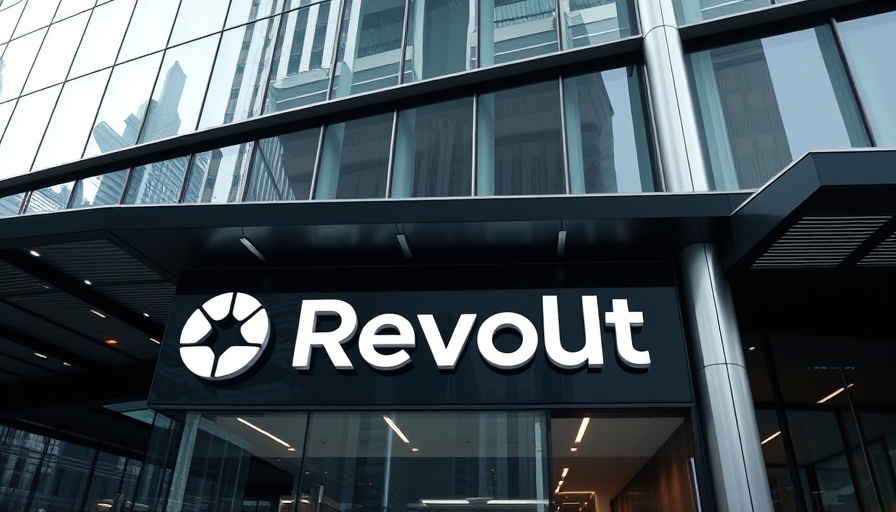
Unlocking Effective Fundraising with Calendar Templates
For business owners generating $2M–$10M+ in annual revenue, the journey to securing funding can feel overwhelming. One essential tool in this process is a well-structured fundraising calendar. This simple yet powerful approach helps streamline your efforts, ensuring nothing slips through the cracks while maximizing your impact.
Why a Fundraising Calendar Matters
Imagine juggling multiple campaigns, donors, and deadlines without a clear plan. A fundraising calendar consolidates all these elements into a comprehensive view. It acts as your roadmap, highlighting important dates, milestones, and tactics needed to execute your strategy effectively. Utilizing visual aids, like diagrams and color codes, can further simplify complex processes, allowing you and your team to collaborate seamlessly.
Building Your Calendar: Key Components
When crafting your fundraising calendar, consider incorporating the following components:
- Campaign Dates: Clearly outline when each campaign will launch and conclude.
- Donor Engagement: Schedule regular touchpoints with potential and existing donors.
- Team Responsibilities: Assign tasks to team members to ensure accountability.
- Software Tools: Leverage project management software to streamline workflows and processes throughout your fundraising journey.
Working Smarter, Not Harder
Many business leaders find value in using templates for their calendars, allowing them to quickly adjust and replicate successful strategies. Be sure to customize these templates to fit your unique business needs, ensuring smooth operations and enhancing productivity within your fundraising efforts.
Future Considerations: Trends in Fundraising
As you capitalize on these tools, keep an eye on evolving trends within the fundraising landscape. Adopting a flexible approach to your calendar and being responsive to changes—like market shifts or donor preferences—can enhance your overall effectiveness. Additionally, the integration of automation tools into your processes can help reduce administrative burdens, allowing you to focus on building relationships and scaling your business.
Call to Action: Take Charge of Your Fundraising
Now is the time to take your fundraising efforts to the next level. By implementing a well-structured fundraising calendar, you will enhance collaboration, optimize your workflows, and ultimately secure the funding you need to grow your business. Start using calendar templates today and watch your organizational efficiency soar!
 Add Row
Add Row  Add
Add 



Write A Comment